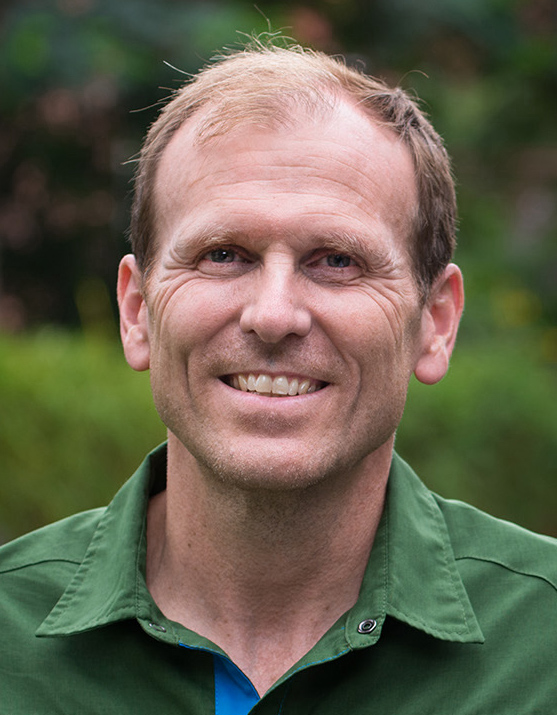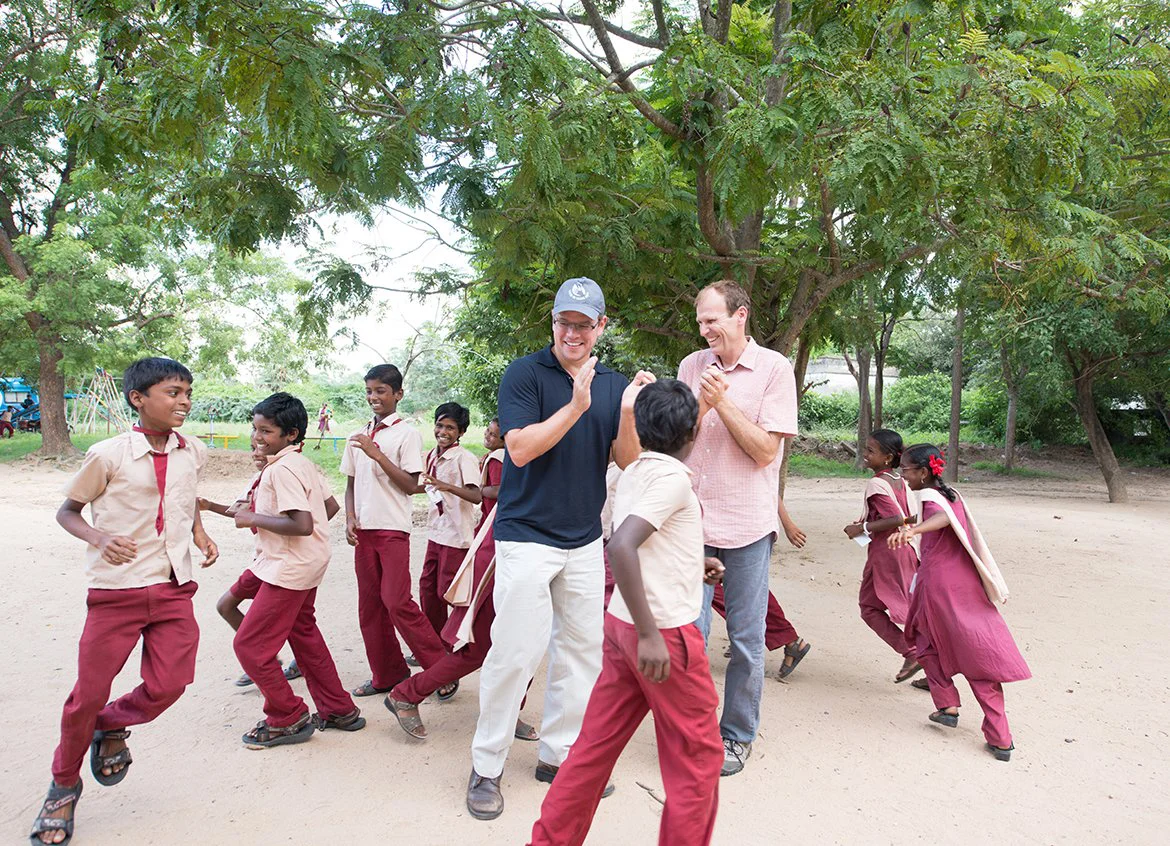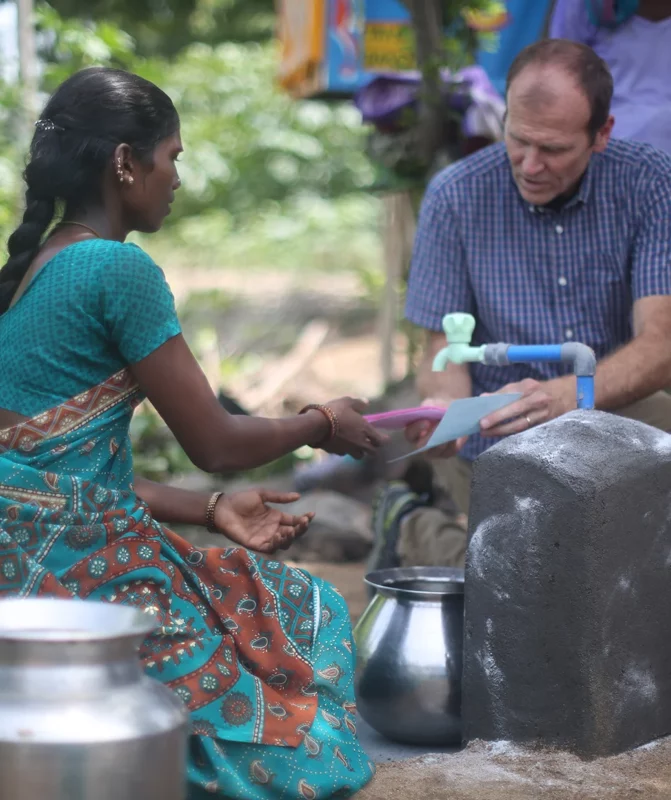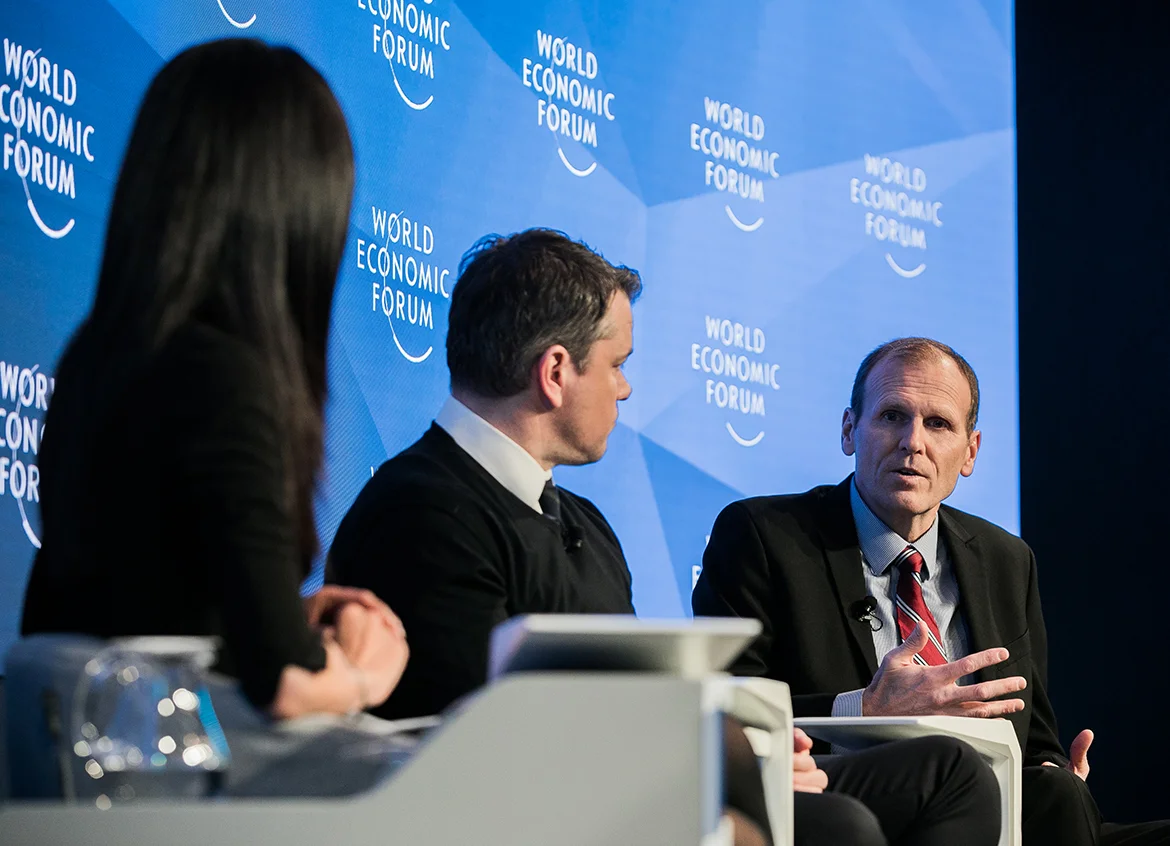Gary White, Co-founder and CEO of Water.org and WaterEquity, is a visionary leader dedicated to addressing the worldwide water crisis. His commitment originated from observing the severe conditions experienced by communities in Honduras lacking safe water and sanitation facilities.

Committed to effecting change, he arranged a fundraising dinner that generated sufficient resources to provide water to a village. This act served as inspiration for establishing WaterPartners International, presently recognized as Water.org, an organization that has significantly improved the well-being of millions of individuals worldwide.
Motivated by his conviction that individuals facing water challenges possess the capacity to find solutions, Gary devised the pioneering notion of WaterCredit. This approach entails granting loans to individuals, enabling them to install their own water faucets or sanitation facilities, thereby empowering them to escape the poverty trap.
Under Gary’s guidance, Water.org has undergone a remarkable metamorphosis, evolving into a global entity with a workforce of more than 100 professionals operating across 11 nations. His exceptional contributions have been duly recognized through various accolades, such as the International Peace Award and the Forbes 400 Lifetime Achievement Award for Social Entrepreneurship. Through his inventive approaches and steadfast dedication, Gary White serves as a source of inspiration within the realm of public health.
We are honored that Gary took time amid his busy schedule to share more about his incredible journey in addressing the global water crisis.
The Interview
Q: As a co-founder, what have been some of the biggest challenges you’ve faced while building and scaling water.org, and how did you overcome them?
White: “Here is one example with the NGO I co-founded called WaterPartners International. My original idea for WaterCredit was based on experience with people who worked around the lack of access to safe water and sanitation by either taking long walks and waiting in long lines to collect water or by taking out a loan with exorbitant interest rates. What if people in poverty could manage to get a small, fair loan? They could use it to fund permanent solutions.
Once the idea occurred to me, it seemed almost obvious and the more I thought about it, the more I was convinced that this would work. But I wasn’t shouting eureka just yet. Maybe there was a catch, something I was missing.
Our first attempt showed just how tough it could be to make that work. One of our NGO partners in Kenya had binders overstuffed with requests for community water projects—far more than they could get funded on a reasonable time frame. So, in 2003, we piloted a new approach: we lent capital to a few NGOs, which would in turn offer loans to these communities. The villages could keep waiting for the free well, which would likely take years or even decades, or they could build one immediately—if they paid the cost of construction back over time once it started operating.
Things went awry from the start. In one village, the water system we were installing needed electricity to run—and the electrical line installation got delayed again and again. That was just one of many construction delays, which tend to happen a lot in developing countries. So, the loans started to collect interest, and the communities weren’t collecting the money they needed to make their payments—after all, they couldn’t exactly charge people for water that wasn’t flowing.
We learned that lending—especially in extremely poor places—is tough business. You must have the enormous expertise required to evaluate risk, to allow for it, to take every step you can to mitigate it. Neither WaterPartners nor our partner NGOs had that expertise.
Around the WaterPartners offices, we soon had a new mantra: You can’t turn an NGO into a bank. We’d found the catch.”

Q: Water.org has been successful in implementing innovative financial solutions, such as WaterCredit, to address the water crisis. What impact have you had on communities?
White: “To date, we have reached more than 55 million people with safe water and sanitation using finance for people living in poverty. That consists of more than 12 million loans issued through 154 partner organizations. We solved the problem by partnering with microfinance institutions and converting our local NGO partnerships to awareness raising activities – educating people about sanitation and water safety.
Learning from our lessons, I am thankful to report we have reached nearly 6 million Kenyans with safe water and sanitation.”

Q: As an organization that relies on public awareness and support, how do you effectively communicate the urgency and importance of water access to individuals and communities who may not directly face these challenges in their daily lives?
White: “We use storytelling. When we meet with borrowers in their homes, we carefully capture their experiences and share them.
Mama Florence’s story spoke to the entrepreneur in me. She lives on less than three dollars a day and used to spend much of her time collecting water on her bike. Then she got a $275 loan for a water pump and storage tank. She’s using that water to grow vegetables and using the vegetables to feed some pigs she’s started to raise. She’s also using the water to make clay bricks—and she’s selling those, too. She’s added some small rooms onto her house to rent out. And she’s selling the extra water she collects to her neighbors to earn money for her grandkids’ school.
Now that Mama Florence no longer has the burden of constantly searching for water, all that potential came rushing out. Just imagine that story repeating itself—in neighborhoods, in towns, in countries. Imagine how the world might change.”
Q: If you could magically solve one specific challenge related to water scarcity and access right now, without any limitations, what would it be and why?
White: “I am an engineer; no magic solution would work for me or for the water crisis. It is a global crisis that is experienced hyper locally. At Water.org and WaterEquity, we believe we have the solution and simply need the capital to deploy it where there is need and a capacity to participate in the solution.”
*All images are courtesy water.org, unless otherwise stated.
Disclaimer: The views and opinions expressed in this interview are those of the interviewees and do not necessarily reflect the views or positions of Public Health Landscape or Valent BioSciences, LLC.
